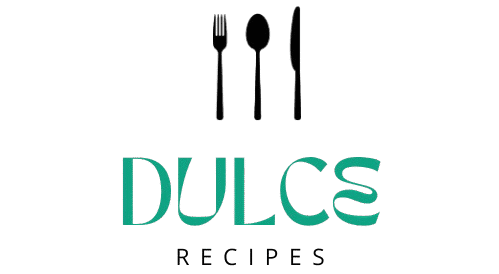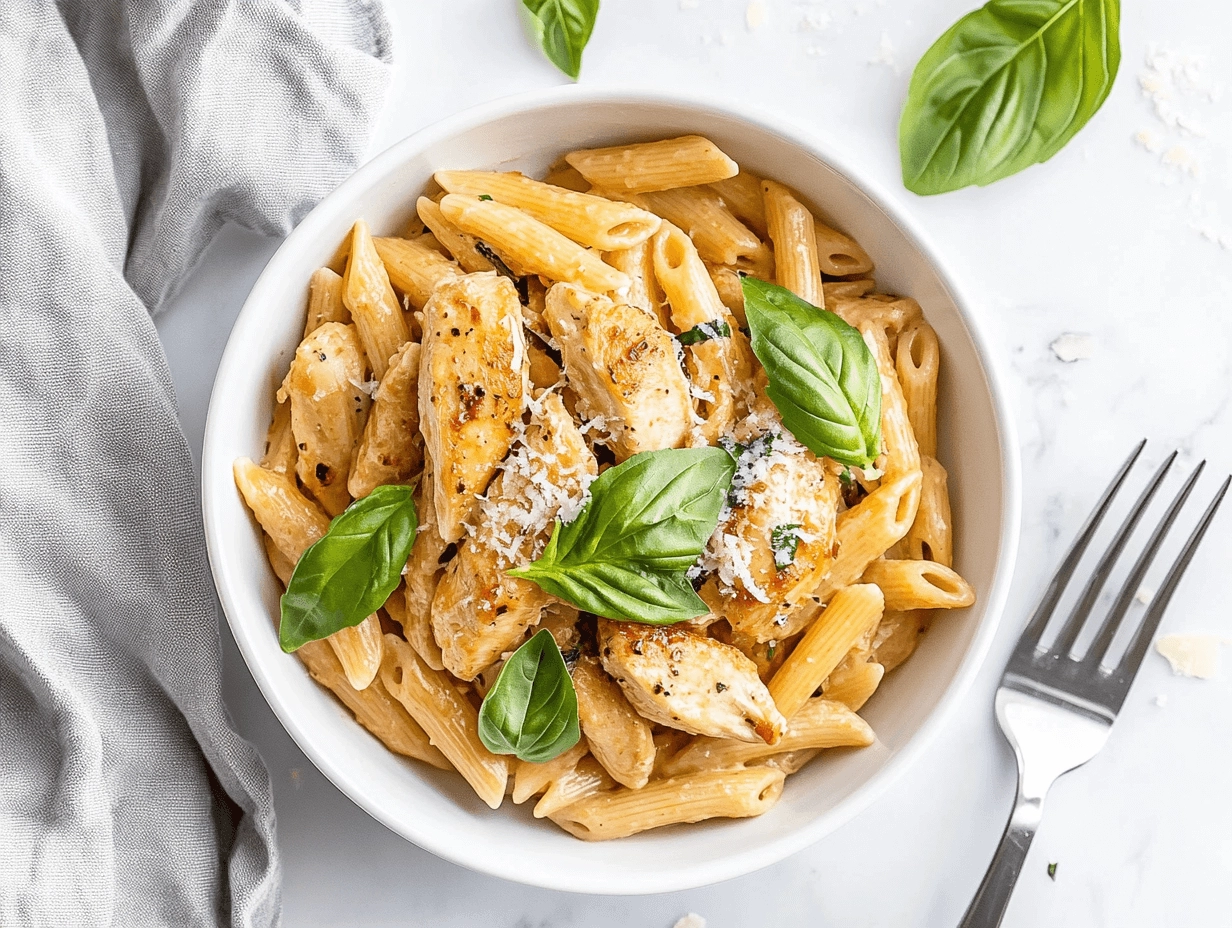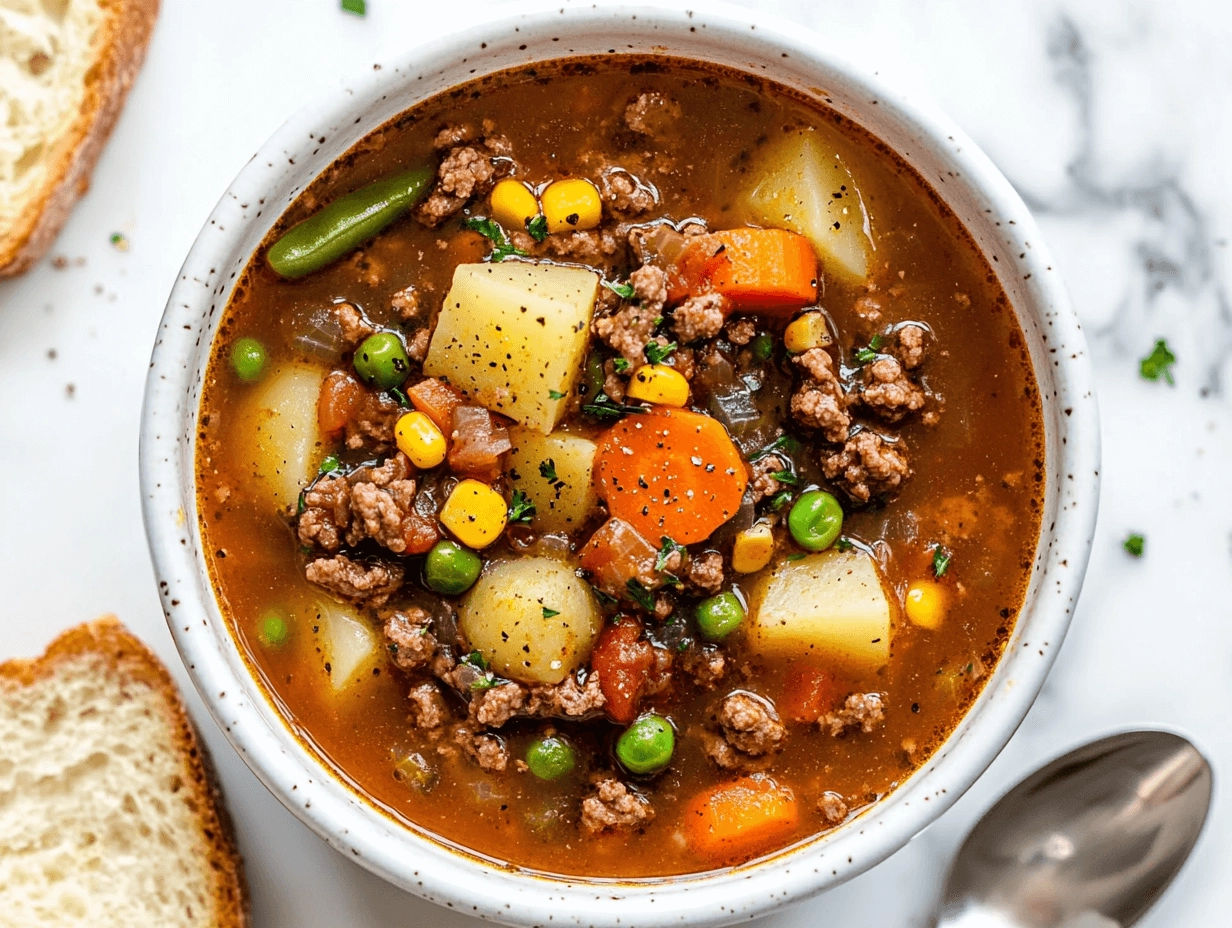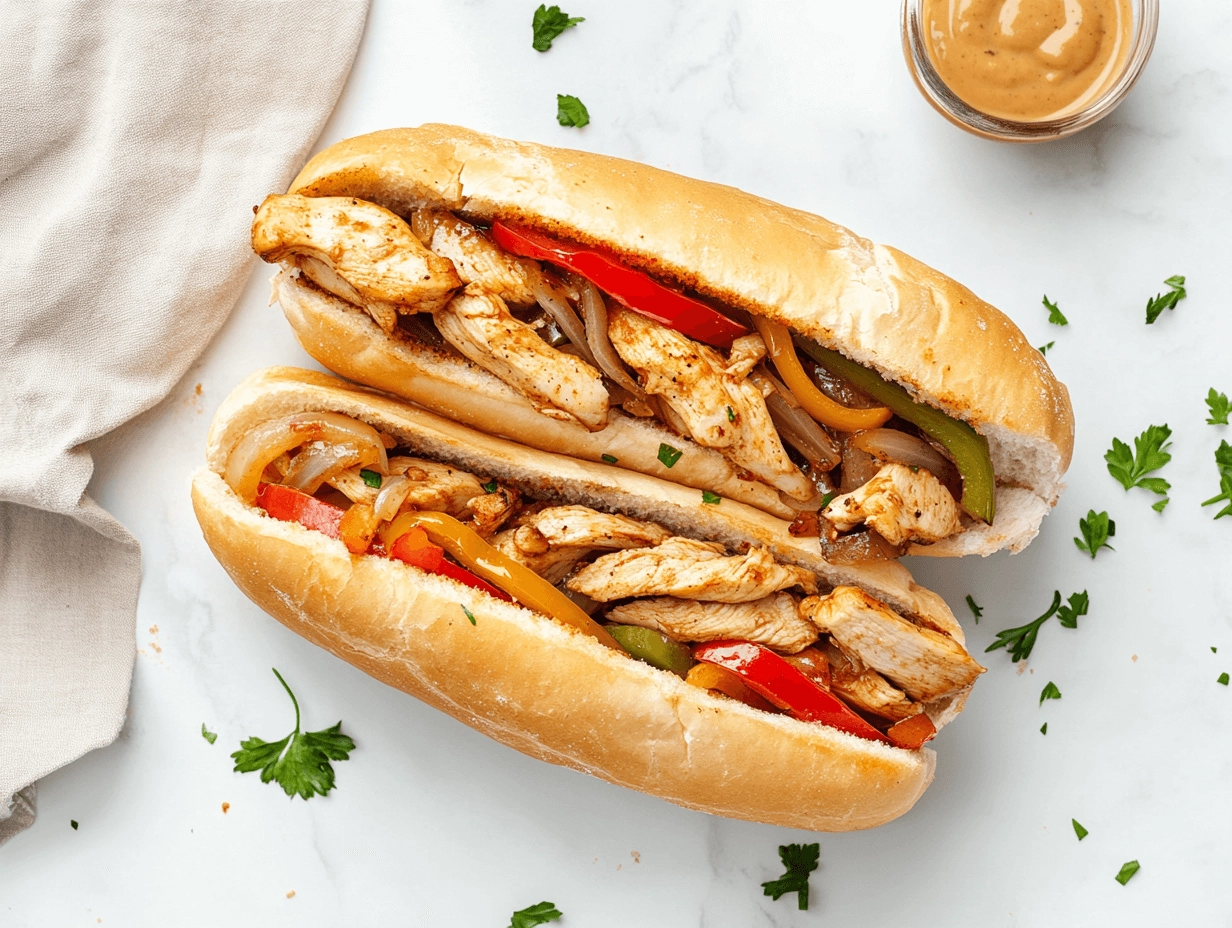A crispy, golden-brown English muffin paired with a perfectly cooked egg is one of the simplest yet most satisfying breakfast options. Whether you’re craving a hearty breakfast sandwich, a classic eggs Benedict, or a quick, nutritious meal, English muffin and egg recipes offer endless possibilities for a delicious and versatile start to your day.
Many people love this breakfast staple, but they often wonder:
- What’s the best way to cook an egg for an English muffin?
- How do you keep a sandwich from getting soggy?
- Are English muffins healthier than regular bread?
This guide will answer those questions and more, covering essential cooking methods, creative toppings, meal prep tips, and expert tricks to ensure every bite is delicious.
Table of Contents
Discover more delicious recipes and ideas by visiting our homepage!
How to Cook an Egg for an English Muffin
Cooking an egg the right way is key to making a great English muffin and egg recipe. Different methods provide unique textures and flavors, making it easy to customize your meal. Whether you prefer a runny yolk, fluffy scrambled eggs, or a baked option for meal prep, there’s a perfect technique for every breakfast style.
Best Egg Cooking Methods for english muffin and egg recipes

| Cooking Method | Cooking Time | Best For |
|---|---|---|
| Scrambled | 3-5 minutes | Soft, fluffy sandwiches |
| Fried (over-easy/medium) | 3-4 minutes | Runny yolk lovers |
| Poached | 4 minutes | Elegant eggs Benedict |
| Baked | 12-15 minutes | Meal prep, firm egg rounds |
| Microwaved | 1 minute | Quick, single-serving meal |
💡 Pro Tip: If you’re making sandwiches ahead of time, baked eggs are the best choice. Try this foolproof method from Baked Egg for Sandwich to create perfectly shaped eggs that fit your muffin.
Step-by-Step Guide: How to Cook the Perfect Egg for an English Muffin
Scrambled Egg Method
- Crack eggs into a bowl and whisk with a pinch of salt and pepper.
- Heat a non-stick pan over medium heat and add butter or oil.
- Pour in the eggs and stir constantly with a spatula.
- Cook for 2-3 minutes until the eggs are fluffy and set.
✅ Best for: Soft, melt-in-your-mouth sandwiches.
Fried Egg Method
- Heat a lightly greased skillet over medium heat.
- Crack an egg directly into the pan.
- For over-easy, flip the egg after 2 minutes and cook for another minute.
- For over-medium, let it cook a bit longer before flipping.
✅ Best for: A runny yolk that adds extra richness.
Poached Egg Method
- Bring water to a gentle simmer in a saucepan.
- Add a splash of vinegar to help the egg hold its shape.
- Crack an egg into a small bowl and gently slide it into the water.
- Let it cook for 3-4 minutes, then remove with a slotted spoon.
✅ Best for: Classic eggs Benedict.
What to Put on an English Muffin with Egg
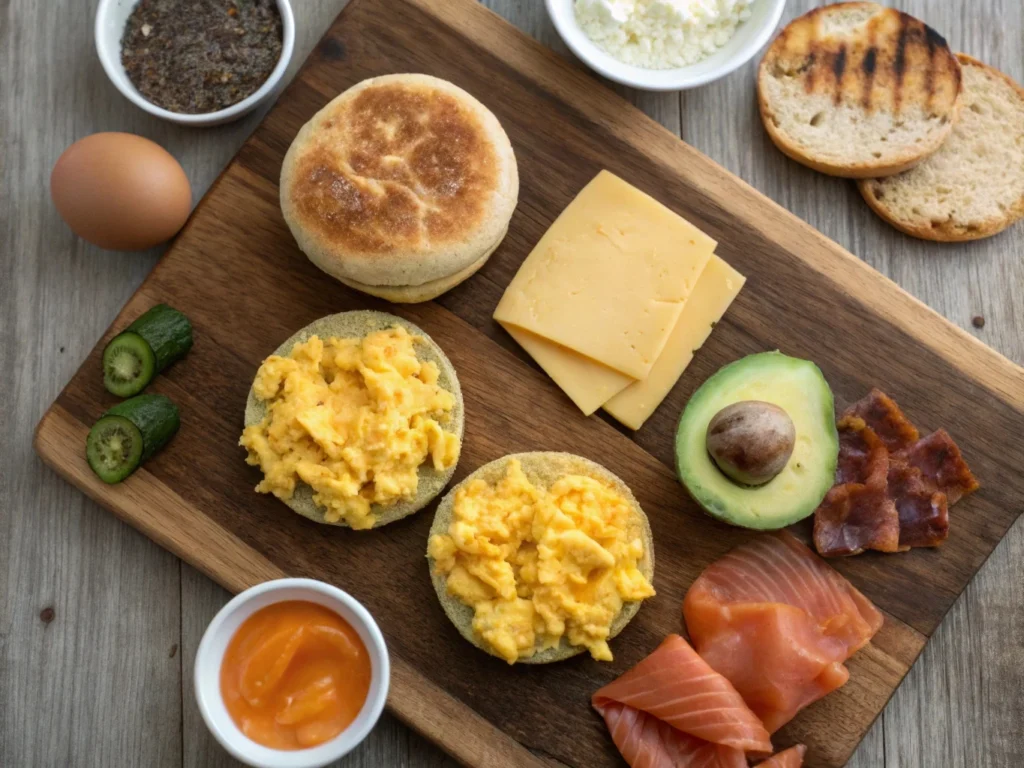
The right toppings and spreads can transform a simple english muffin and egg recipes into an irresistible meal.
1. Classic english muffin and egg recipes Toppings
- Cheese: Melted cheddar, Swiss, or provolone.
- Meat: Crispy bacon, sausage, or turkey ham.
- Sauces: Ketchup, hollandaise, or a splash of hot sauce.
2. Healthy english muffin and egg recipes Options
- Avocado & Spinach – High in fiber and packed with vitamins.
- Hummus & Feta – A creamy Mediterranean-inspired combination.
- Smoked Salmon & Arugula – A high-protein, omega-rich choice.
3. Gourmet english muffin and egg recipes Creations
- Eggs Benedict – Poached egg, hollandaise sauce, and ham.
- Pesto & Mozzarella – A fresh, herby flavor with melted cheese.
- Sriracha Mayo & Caramelized Onions – A sweet and spicy kick.
🔥 Looking for more creative ideas? Check out this guide to the Best English Muffin Breakfast Sandwiches for mouthwatering combinations.
Why English Muffins Are Better for Breakfast Than Regular Bread
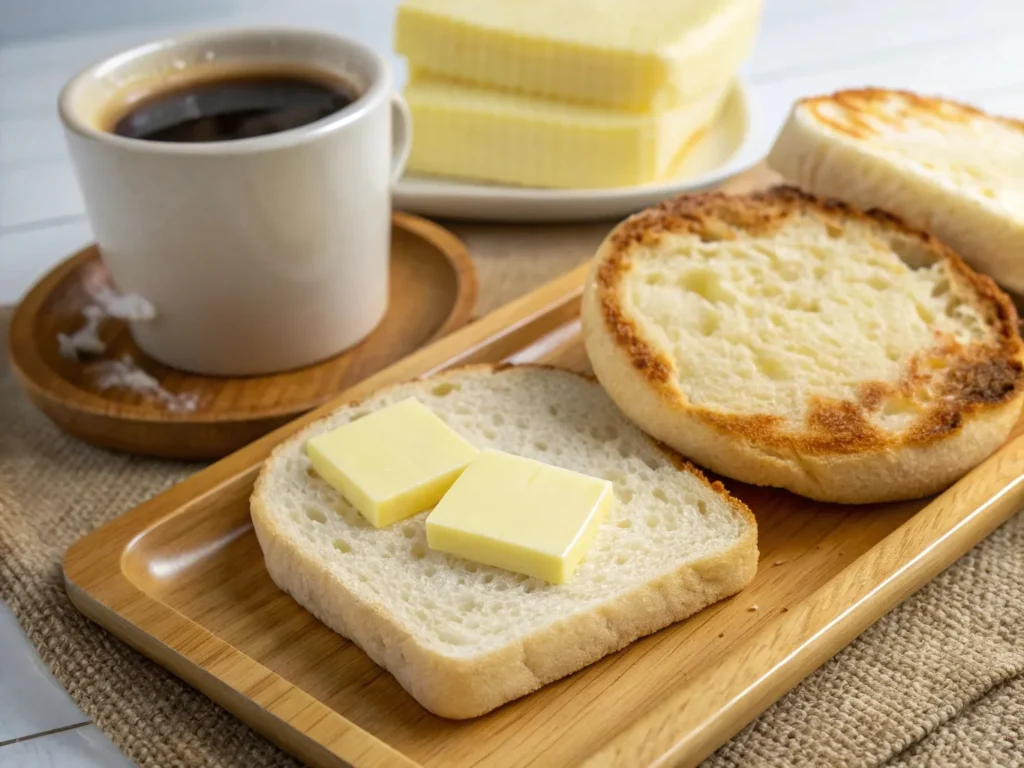
Many people wonder: Why are English muffins better than sliced bread? The answer comes down to texture, nutrition, and versatility.
1. English Muffins Have Better Texture for Breakfast Sandwiches
- The firm, crispy surface holds up well to eggs and toppings.
- Unlike soft bread, English muffins don’t become soggy easily.
- Their nooks and crannies absorb butter and sauce perfectly.
2. English Muffins Are a Healthier Choice
Compared to regular white bread, English muffins are often lower in calories and sugar.
📌 English Muffins vs. White Bread – Quick Comparison
| Factor | English Muffin | White Bread | Whole Wheat Bread |
|---|---|---|---|
| Calories | 120-140 | 150-170 | 110-130 |
| Fiber | 3-5g | 1-2g | 3-4g |
| Sugar | 1-2g | 3-4g | 2-3g |
3. English Muffins Are More Versatile
- Perfect for breakfast sandwiches.
- Great for toasting and spreading butter or jam.
- Works well for mini pizzas, lunch melts, and even desserts.
💡 Want more ways to use English muffins? Check out these creative English Muffin Recipes for Lunch.
What Does Adding Eggs to Muffins Do?
Eggs play a key role in baking muffins by providing structure, moisture, and richness. Without them, muffins may become dry, crumbly, or dense.
1. How Eggs Affect Muffin Texture
- Binding Agent: Eggs help hold ingredients together, preventing muffins from falling apart.
- Leavening Support: The proteins in eggs trap air, helping muffins rise and become fluffy.
- Moisture Retention: Egg yolks add richness and softness, preventing dryness.
💡 Pro Tip: If you’re out of eggs, you can use substitutes like mashed bananas, yogurt, or flaxseed mixed with water.
What is the British Version of an English Muffin?
In the UK, English muffins are not commonly eaten, and instead, crumpets serve as a popular alternative. While they may look similar, English muffins and crumpets have distinct differences.
1. Texture and Cooking Method
- English Muffins – Dense, slightly chewy, and toasted before eating. They are sliced open and used for sandwiches or buttered toast.
- Crumpets – Soft, spongy, and cooked on a griddle. They have small holes on the surface that absorb butter and spreads.
2. Common Uses
- English Muffins – Best for breakfast sandwiches, eggs Benedict, and toasts.
- Crumpets – Typically served with butter, jam, or honey.
📌 Quick Comparison: English Muffins vs. Crumpets
| Feature | English Muffin | Crumpet |
|---|---|---|
| Texture | Firm, toasted | Soft, spongy |
| Cooking Method | Baked, split | Cooked on griddle |
| Common Uses | Sandwiches, breakfast | Butter & jam |
Pro Tips & Variations for the Best english muffin and egg recipes
1. How to Make Your Breakfast More Flavorful
A great English muffin and egg recipe is all about balancing flavors and textures. Here are a few expert tips:
- Toast your muffin properly – A light toast gives it a crispy surface while keeping the inside soft.
- Layer your ingredients correctly – Cheese should be placed directly on the hot egg to melt properly.
- Add fresh toppings after reheating – Avocado, tomato, or spinach should be added last to maintain texture.
🔥 Want the best sauce for your English muffin sandwich? Try these options from Sauce for Egg Sandwich.
2. Creative English Muffin & Egg Recipe Variations
English muffins and eggs can be used in countless ways beyond sandwiches. Here are some creative meal ideas:
- Mini Breakfast Pizzas: Spread tomato sauce on a toasted muffin, top with a fried egg and cheese, then broil.
- Egg & Cheese Bake: Layer English muffin pieces, scrambled eggs, and cheese in a baking dish and bake at 375°F (190°C) for 20 minutes.
- Savory Avocado Toast: Smash avocado on a whole-wheat English muffin, top with a poached egg, and add red pepper flakes.
FAQs: Answering Common Questions About English Muffin and Egg Recipes
What’s the best way to cook eggs for an English muffin?
The best egg preparation for English muffin and egg recipes depends on your texture preference:
- Fried eggs: Add richness, especially with a runny yolk that enhances flavor.
- Scrambled eggs: Create a soft, fluffy filling that pairs well with melted cheese.
- Baked eggs: Ideal for meal prep, as they hold their shape and reheat easily.
For meal prep sandwiches, baked eggs are the most practical choice since they keep their structure without making the muffin soggy.
How do you prevent a breakfast sandwich from getting soggy?
To maintain the crispiness of an English muffin and egg recipe, follow these tips:
✅ Toast the English muffin before assembling—it creates a barrier against moisture.
✅ Use a thin layer of butter or mayo to keep the bread from absorbing excess liquid.
✅ Avoid watery toppings like fresh tomatoes if storing overnight.
✅ Assemble right before eating or store components separately for freshness.
For frozen sandwiches, wrapping them in parchment paper before foil helps retain texture when reheating.
Can you make English muffin egg sandwiches ahead of time?
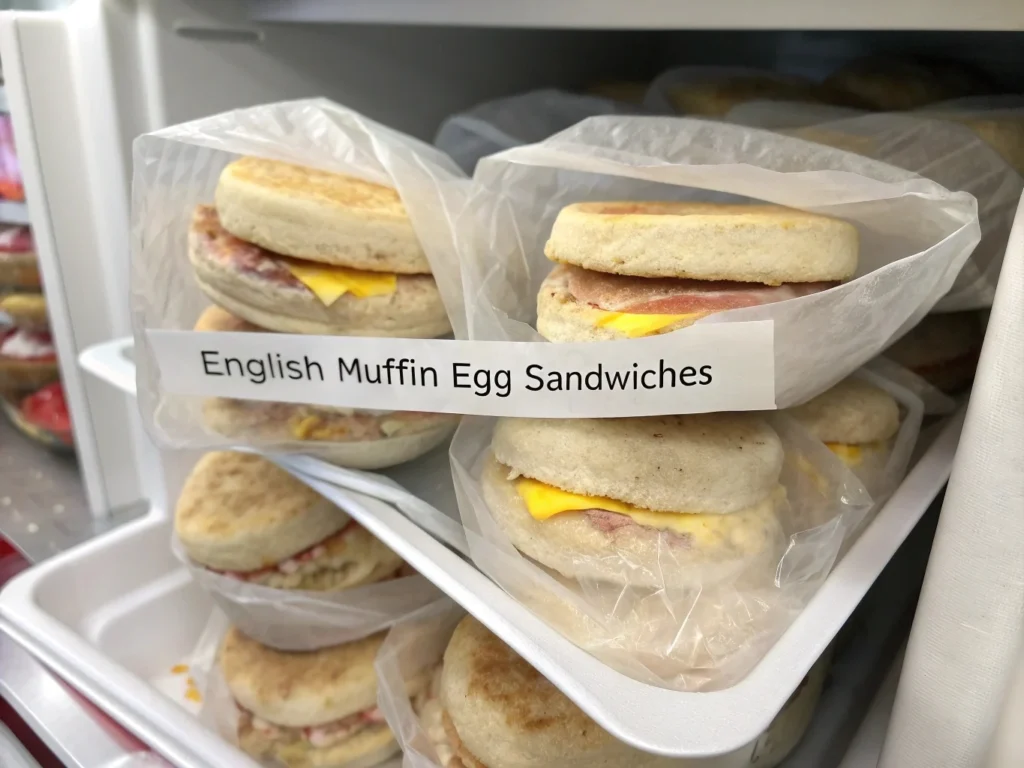
Yes! English muffin and egg recipes are perfect for meal prep. To store them properly:
1️⃣ Assemble the sandwiches with cooked eggs, cheese, and optional protein.
2️⃣ Wrap each in parchment paper, then foil to prevent freezer burn.
3️⃣ Freeze for up to 3 months for a quick, grab-and-go breakfast.
4️⃣ Reheat in the oven (350°F for 10–15 minutes) or microwave (wrapped in a damp paper towel).
This method ensures your sandwich stays fresh and flavorful.
What are some low-carb alternatives to English muffins?
If you’re following a low-carb diet but still love English muffin and egg recipes, try these alternatives:
🥑 Portobello mushrooms – A sturdy, nutritious bun replacement.
🍞 Cloud bread – Made from eggs and cream cheese, keeping it light yet satisfying.
🌰 Almond flour muffins – A keto-friendly substitute with a similar texture.
These swaps allow you to enjoy a classic English muffin and egg recipe while keeping it low in carbs.
How can I make my English muffin breakfast sandwich more filling?
To boost the nutrition and satiety of English muffin and egg recipes, consider adding:
💪 Extra Protein: Turkey bacon, smoked salmon, sausage, or an extra egg.
🥑 Healthy Fats: Avocado slices, peanut butter, or a spread of hummus.
🌿 Fiber-Rich Ingredients: Spinach, tomatoes, or using a whole wheat English muffin.
A balanced sandwich provides sustained energy, making it a great breakfast choice!
PrintPerfect English Muffin & Egg Breakfast Sandwich
- Total Time: 10 minutes
- Yield: 1 English muffin sandwich 1x
Description
This English Muffin & Egg Breakfast Sandwich is a simple yet satisfying meal that can be customized to your taste. Whether you prefer a fluffy scrambled egg, a runny fried yolk, or a perfectly poached egg, this sandwich is packed with protein and flavor. Ideal for busy mornings, this recipe is easy to make, meal-prep friendly, and can be elevated with gourmet toppings like avocado, smoked salmon, or pesto.
Ingredients
For the Basic Sandwich:
- 1 English muffin, split and toasted
- 1 large egg
- 1 slice of cheese (cheddar, Swiss, or provolone)
- 1 teaspoon butter or oil
- Salt & black pepper, to taste
Optional Additions:
- 2 slices of crispy bacon or turkey bacon
- 1 slice of ham or turkey
- 1 tablespoon avocado mash or guacamole
- 1 teaspoon hot sauce or hollandaise sauce
- 1 handful of baby spinach or arugula
Instructions
Step 1: Toast the English Muffin
- Split the English muffin in half and toast until golden brown and crisp.
- Spread a light layer of butter or mayo for extra flavor (optional).
Step 2: Cook the Egg (Choose Your Preferred Method)
Scrambled Egg Method:
- Crack the egg into a bowl and whisk with a pinch of salt and pepper.
- Heat a non-stick pan over medium heat and add butter.
- Pour in the egg and stir continuously until soft and fluffy (about 2-3 minutes).
Fried Egg Method (for a runny yolk):
- Heat a lightly greased skillet over medium heat.
- Crack the egg into the pan and let it cook for 2 minutes.
- Flip for an additional minute if you prefer over-easy or longer for over-medium.
Poached Egg Method:
- Bring a saucepan of water to a gentle simmer and add a splash of vinegar.
- Crack the egg into a small bowl, then gently slide it into the water.
- Let it poach for 3-4 minutes, then remove with a slotted spoon.
Step 3: Assemble the Sandwich
- Place the cheese slice on the bottom half of the English muffin.
- Add the cooked egg and season with salt and pepper.
- Layer on any optional toppings like bacon, avocado, or greens.
- Cover with the top half of the muffin and enjoy warm!
Notes
- Meal Prep Tip: You can make multiple sandwiches ahead of time and freeze them. Wrap individually and reheat in the oven at 350°F (175°C) for 10-15 minutes.
- Healthier Swap: Use a whole wheat English muffin, egg whites, and add spinach or avocado for extra nutrition.
- Make It Gourmet: Add smoked salmon, arugula, and hollandaise sauce for an elegant touch.
- Prep Time: 5 minutes
- Cook Time: 5 minutes
- Category: Breakfast
- Cuisine: American, Breakfast
Nutrition
- Serving Size: 1 sandwich
- Calories: ~300-350 kcal
- Fat: 15g
- Carbohydrates: 30g
- Protein: 15g
Conclusion
English muffin and egg recipes make for a delicious, versatile, and nutritious breakfast. Whether you prefer a classic egg sandwich, an indulgent eggs Benedict, or a quick avocado toast, this guide has provided everything you need to create the perfect meal.
By following these cooking tips, recipe variations, and storage hacks, you can enjoy an easy and flavorful breakfast every day. Try experimenting with different ingredients and toppings to find your perfect English muffin and egg recipe combination!
